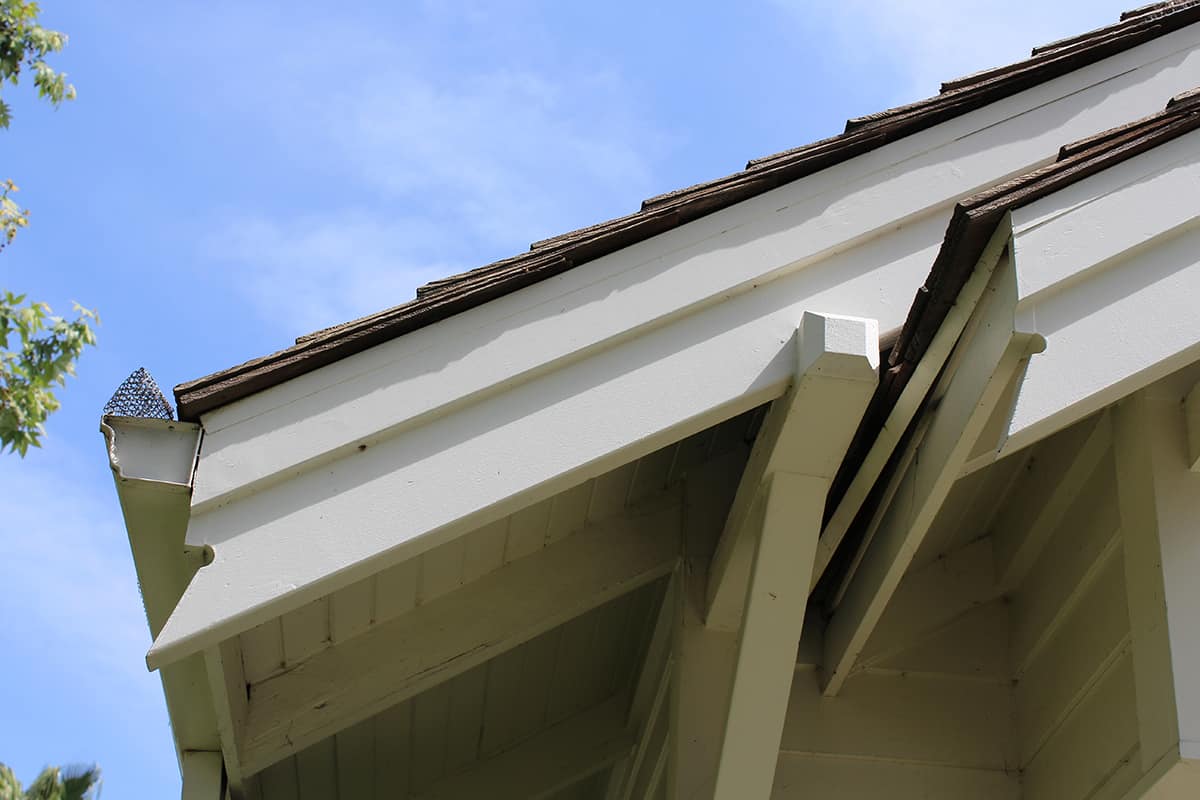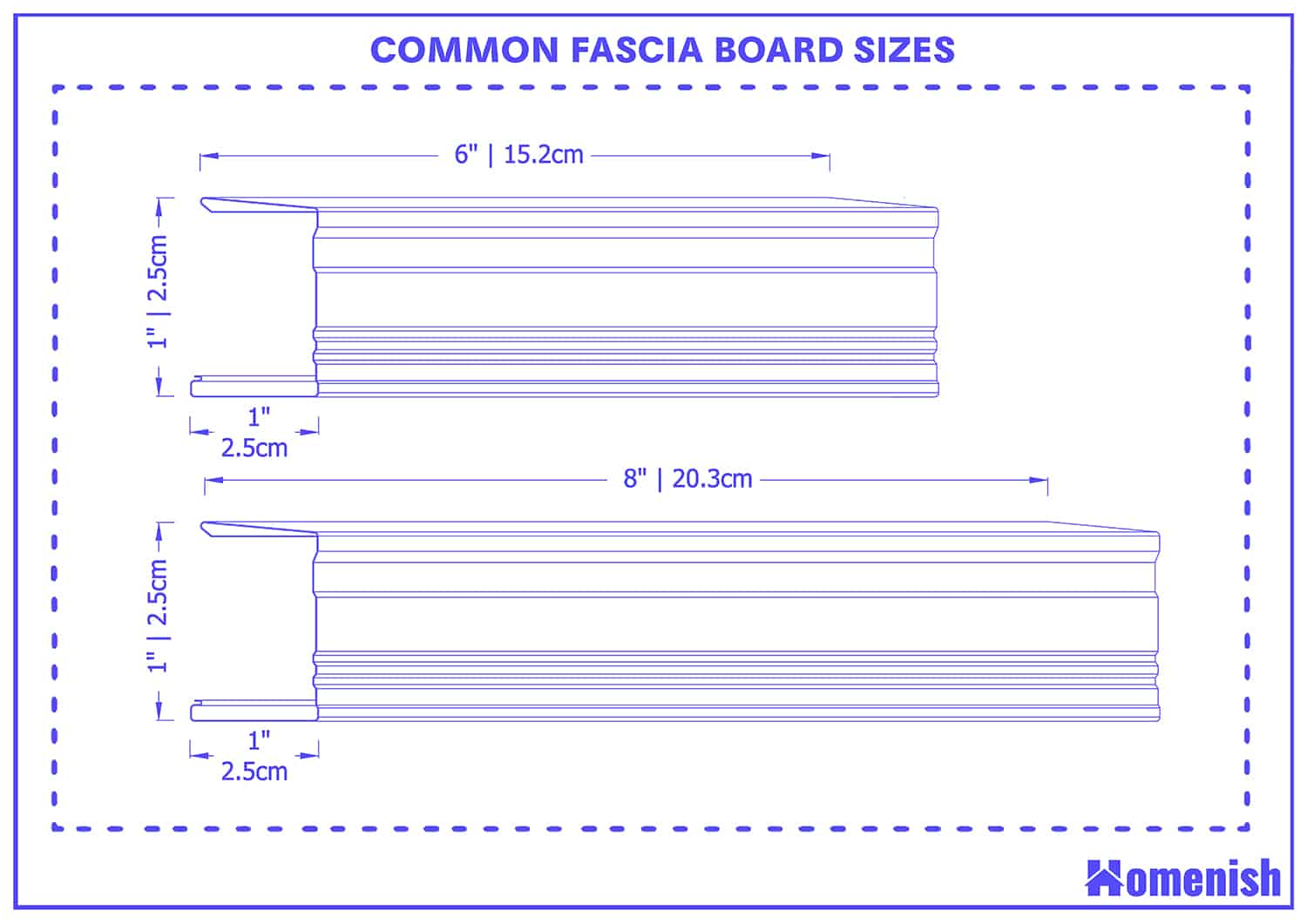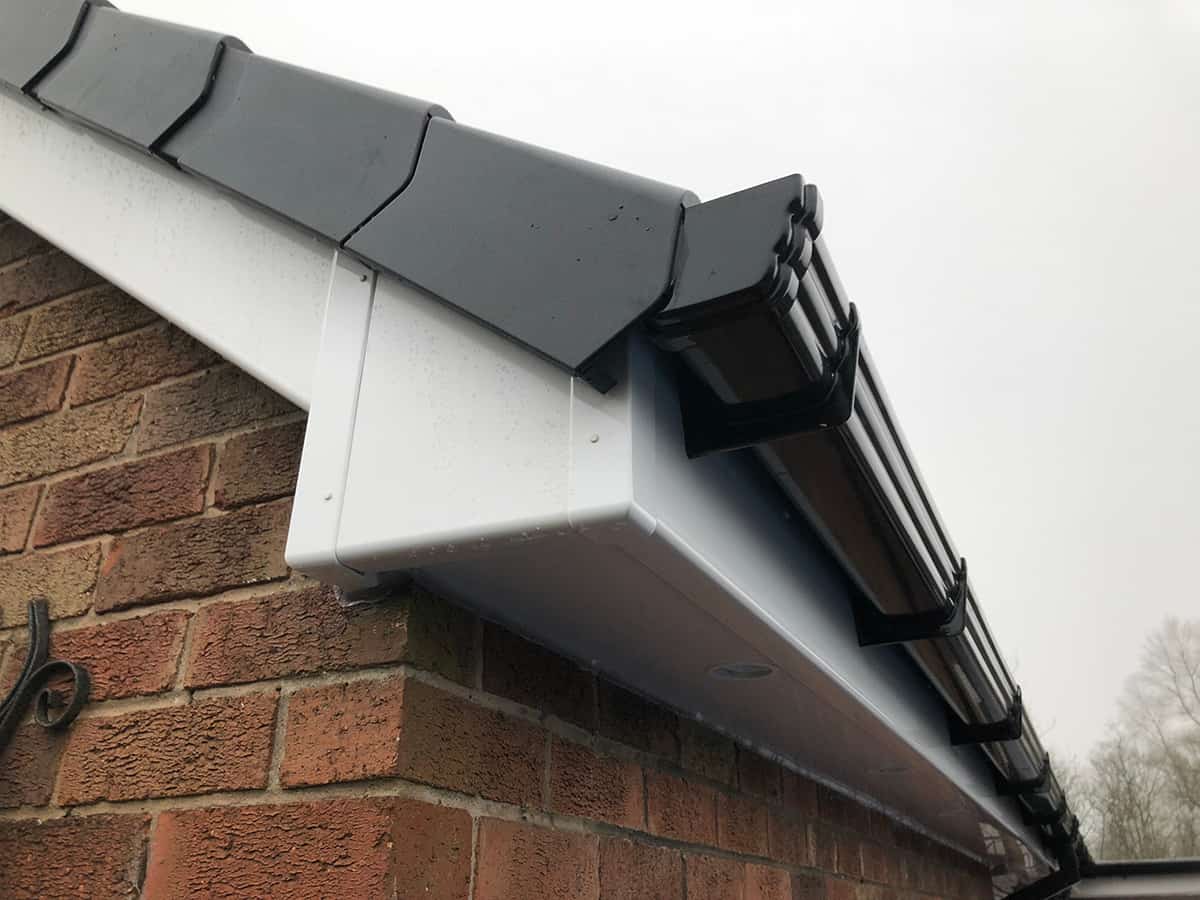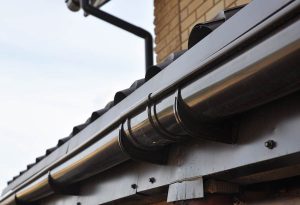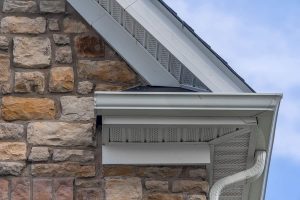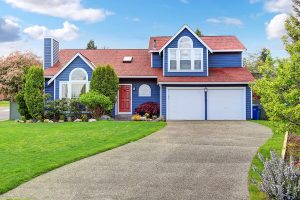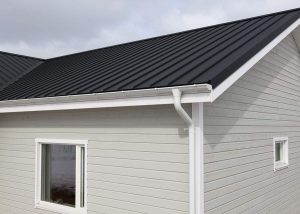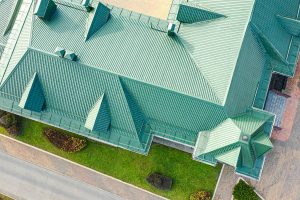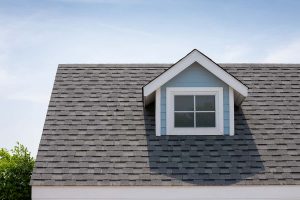A fascia board is a piece of horizontal board that is fixed in place along the end of a home’s roof eaves at the rafters. Traditionally a fascia board will be made from solid lumber, but in recent years PVC fascia boards have become more popular because they offer a maintenance-free alternative, and they are typically more affordable.
The job of a fascia board is to hide the rafters around the edge of a roof to give the home a more finished, neat look. Aside from its aesthetic uses, a fascia board can also offer functional qualities. For example, it can stabilize the guttering and provide a blockage so that rain and pests cannot get into the eaves of the roof.
Find out the benefits of a fascia board and the average fascia board sizes below.
Common Fascia Board Sizes
Fascia boards do not come in one standard size because roof rafters come in a number of sizes and the fascia boards need to correlate with these.
However, there are a number of common fascia boards that are the most widely used dimensions, and so these can be considered the standard sizes. These are 1×6 inches and 1×8 inches.
The width of a fascia board is more important than the depth measurement because it is this figure that will dictate whether the boards are wide enough to completely cover up the rafters and make sure they aren’t visible from outside the property.
The depth measurement is generally 1 inch or less, as any thicker would make the fascia boards difficult to install.
1 x 6 inches
One of the most common rafter sizes is 2×6 inches, and this means that, as a result, 1×6 inch fascia boards are a common size. The width of the rafters is what would be seen at the end of a roof, so it is this part that needs covering with fascia board.
On 2×6 inch rafters, the ‘6’ refers to the width, hence the need for 1×6 fascia boards. On small or standard-sized homes, you will typically find that fascia boards are this size.
If your rafters have a smaller measurement. For example, 2×4 inches, then you can still use 1×6 inch fascia board because it will still cover the rafter ends, with an extra 2 inches to spare.
1 x 8 inches
The second most common size of rafters is 2×8 inches, so in order to hide the ends of these rafters, you will need fascia boards with dimensions of 1×8 inches. This size of fascia board is more likely to be seen on larger homes because it looks more proportional to the rest of the property.
It is also a good size to choose, even if you have smaller rafters but want to make the house look more substantial. This is the largest standard size of fascia boards you can expect to find, and they will work with any rafter size that has a width measurement of 8 inches or less.
Custom and non-standard sizes
If the common sizes of fascia board don’t work for your project, there are more sizes available that are considered to be non-standard sizes since there is less demand for them.
You may find that there is less choice available when it comes to the color and style for non-standard fascia boards, and you may also pay a premium for non-standard products.
If you have very specific requirements, there are many manufacturers who will make fascia boards in custom sizes, but of course, you can expect that these will be considerably more expensive than standard fascia boards since they will need to be specially made to suit the measurements of your home.
In most cases, you can make do with a standard size fascia board, even if your rafters are a non-standard size.
For example, if the width of your rafters is 7 inches, then you can use the standard size 1×8 inch fascia boards because these will sufficiently cover the end of the rafters with an additional inch to spare, but this will not be obvious once the boards are installed.
Benefits of a Fascia Board
Finished look
Most homeowners don’t notice fascia boards unless there is a problem with them. For example, if it comes loose and hangs down from a home, or if it is very dirty and is an eyesore. However, if you were to see a house without a fascia board, then you would almost certainly notice.
The fascia board hides the end of the rafters of a roof to give a clean, sleek look, and without these boards, the house would look unfinished. You can consider fascia boards to be the underappreciated feature of a home that you won’t miss until it’s gone. Fascia boards finish off the roof on a property to give it a neat and polished style.
Curb appeal
Following on from the finished look that a fascia board gives to a home, it will also serve to improve curb appeal.
A fresh fascia board in good condition will make a home look like it has been well taken care of and create the impression of a stylish, maintained house. Without a fascia board, your property could look shoddy or second-rate, which would devalue the home and deter potential buyers.
Block roof access
Fascia boards block access to the roof, protecting it against potential pests. If your area is home to rodents such as mice and squirrels, then having a fascia board will ensure they cannot access your loft space through the eaves of the roof.
Protect against moisture
As well as protecting the roof from potential pests, fascia boards also help to protect the rafters and eaves from moisture damage since they prevent rain and snow from getting in.
Stabilize gutter system
When fitted correctly, fascia boards provide support for the gutters to help keep them stable.
